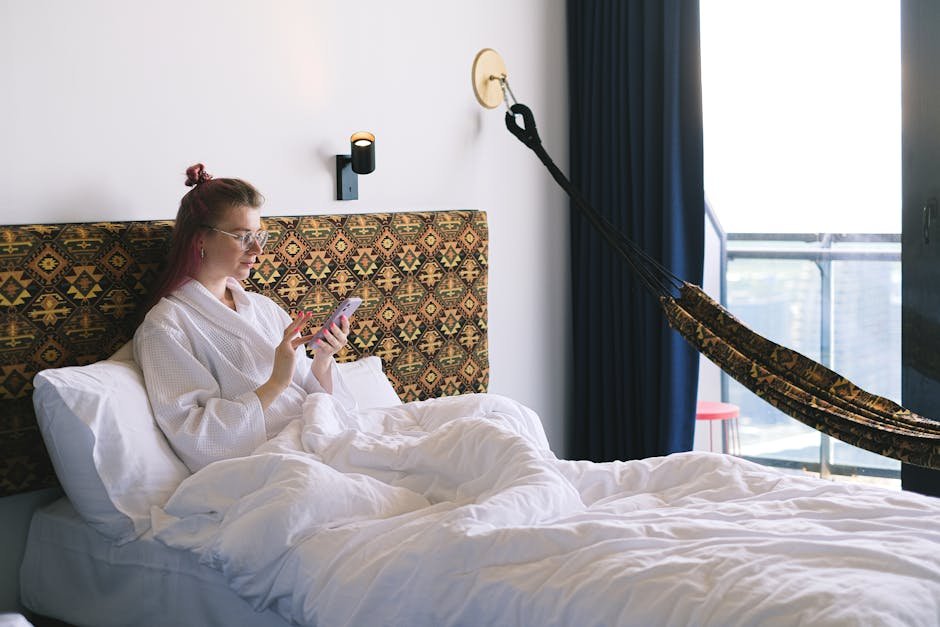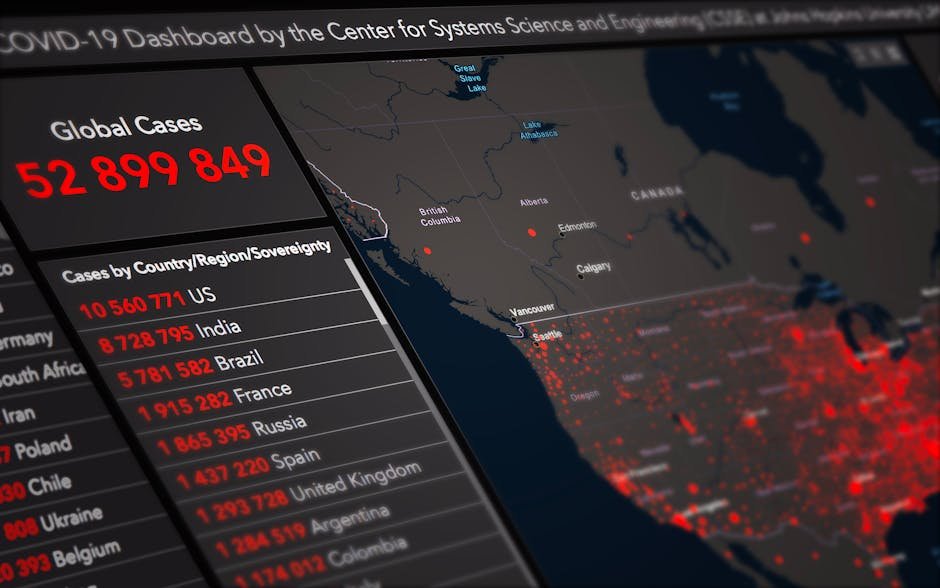Asia’s got this magic—vibrant markets, lush jungles, and nomad hubs where your dollar stretches like never before. As a digital nomad in 2025, living in places like Chiang Mai or Da Nang for under $800 USD/month sounds like a fantasy, but it’s totally doable with the right hacks. With 35 million nomads and Asia’s low-cost hubs booming, this guide shares budget travel hacks to thrive on a tight budget. Packed with 2025 trends and X tips, here’s how to live large while spending small in Asia’s cheapest spots.
Why Asia’s Budget Hubs?
Asia offers the world’s lowest nomad costs ($500–$1,200 USD/month), with hubs like Chiang Mai ($500–$900 USD/month) and Hanoi ($400–$800 USD/month) boasting 50–100 Mbps Wi-Fi and nomad visas (e.g., Thailand’s DTV). Budget living frees up cash for travel or savings, with 70% of nomads prioritizing affordability (Nomad List, 2025).
Top Budget Hacks for Asia
Here’s how to live in Asia’s cheapest hubs for under $800 USD/month in 2025.
1. Choose Ultra-Affordable Hubs
Pick cities with low costs and solid infrastructure.
- Action: Opt for Chiang Mai ($500–$900 USD/month), Hanoi ($400–$800 USD/month), or Ubud, Bali ($600–$1,000 USD/month). Check costs on Nomad List. Book Airbnb apartments ($200–$400 USD/month) long-term for discounts.
- Example: A nomad in Hanoi rents a studio for $250 USD/month, keeping total costs at $700 USD/month.
- Why It Works: Low-cost hubs save 50% vs. Europe ($900–$1,600 USD/month).
2. Eat Local Street Food
Street stalls offer tasty meals for pennies.
- Action: Eat at local markets like Warorot in Chiang Mai ($1–$2 USD for pad Thai) or Hanoi’s Dong Xuan ($0.50–$1 USD for pho). Budget $80–$150 USD/month for food. Avoid tourist cafés ($5–$10 USD/meal).
- Example: A nomad in Ubud eats nasi goreng at warungs ($1 USD), saving $100 USD/month vs. restaurants.
- Why It Works: Local food cuts costs by 60%; markets are cultural hubs (Medium, 2025).
3. Use Shared or Free Workspaces
Co-working can be cheap or free with hacks.
- Action: Join budget co-working spaces like Yellow Coworking in Chiang Mai ($60 USD/month, 80 Mbps) or share memberships with nomads via X’s “Chiang Mai Nomads.” Use café Wi-Fi (50 Mbps) for light work ($1–$2 USD coffee).
- Example: A nomad in Hanoi uses Toong’s shared space ($50 USD/month), splitting costs with a friend.
- Why It Works: Shared spaces save 50–70% vs. premium co-working ($150–$300 USD/month).
4. Travel on Budget Transport
Local buses and rideshares keep travel cheap.
- Action: Use Grab ($1–$3 USD/ride) or local buses ($0.50–$1 USD) in hubs like Hanoi. Book regional flights via Skyscanner ($30–$100 USD to Laos or Cambodia). Budget $50–$100 USD/month for travel.
- Example: A Chiang Mai nomad buses to Pai ($5 USD round-trip), avoiding $50 USD tours.
- Why It Works: Local transport saves 80% vs. taxis or tours (Nomad List, 2025).
5. Negotiate Long-Term Stays
Longer rentals slash accommodation costs.
- Action: Negotiate 3–6-month Airbnb or local landlord deals (10–20% off). Join X groups like “Bali Nomads” for sublets ($150–$300 USD/month). Pay upfront for extra discounts.
- Example: A nomad in Ubud secures a $200 USD/month villa by signing a 6-month lease.
- Why It Works: Long-term deals cut rent by 20–30%.
Budget Breakdown for $800 USD/Month
| Expense | Cost (USD/Month) | Hack | Hub Example |
|---|---|---|---|
| Rent | $200–$400 | Long-term Airbnb | Hanoi ($250 USD studio) |
| Food | $80–$150 | Street markets | Chiang Mai ($1 USD khao soi) |
| Co-Working | $0–$60 | Shared spaces, cafés | Ubud ($50 USD/month) |
| Transport | $50–$100 | Grab, local buses | Hanoi ($1 USD bus) |
| Misc (insurance) | $50–$90 | SafetyWing | All hubs ($56 USD/month) |
| Total | $380–$800 |
Pros and Cons
- Pros:
- Ultra-low costs ($380–$800 USD/month).
- Local food and transport are cultural experiences.
- Budget hubs have strong nomad communities.
- Cons:
- Rural hubs (e.g., Ubud) may have slower Wi-Fi (20–50 Mbps).
- Negotiating requires local contacts.
- Basic accommodations may lack amenities.
Financial Breakdown
- Total Budget: $380–$800 USD/month.
- Income Needs: $2,000–$6,000 USD/month for visas (e.g., Thailand’s DTV, $13,665 USD bank balance).
- Savings: $1,000–$2,000 USD/month vs. Europe/Latin America.
Extra Tips
- Shop Local: Buy produce at markets ($0.50–$1 USD/kg) to cook.
- Join X: Follow “Hanoi Nomads” for sublet deals.
- Stay Simple: Choose fan-cooled rooms ($150 USD/month) over AC.
- Plan Visas: Budget for Thailand’s DTV ($400 USD fee) or Bali’s B211A ($100 USD).
For more on cheap nomad hubs, check out our guide on Best Digital Nomad Destinations in 2025.
Conclusion
Living in Asia’s cheapest nomad hubs for under $800 USD/month in 2025 is a game-changer. Choose hubs like Chiang Mai or Hanoi, eat street food, and negotiate long-term rentals to slash costs. Use budget co-working and local transport to stretch your dollar further. With these hacks, you’ll thrive in Asia’s vibrant hubs, from Ubud’s rice paddies to Hanoi’s lakes, while saving big. Start planning, tap into X communities, and make budget nomad life your reality!







